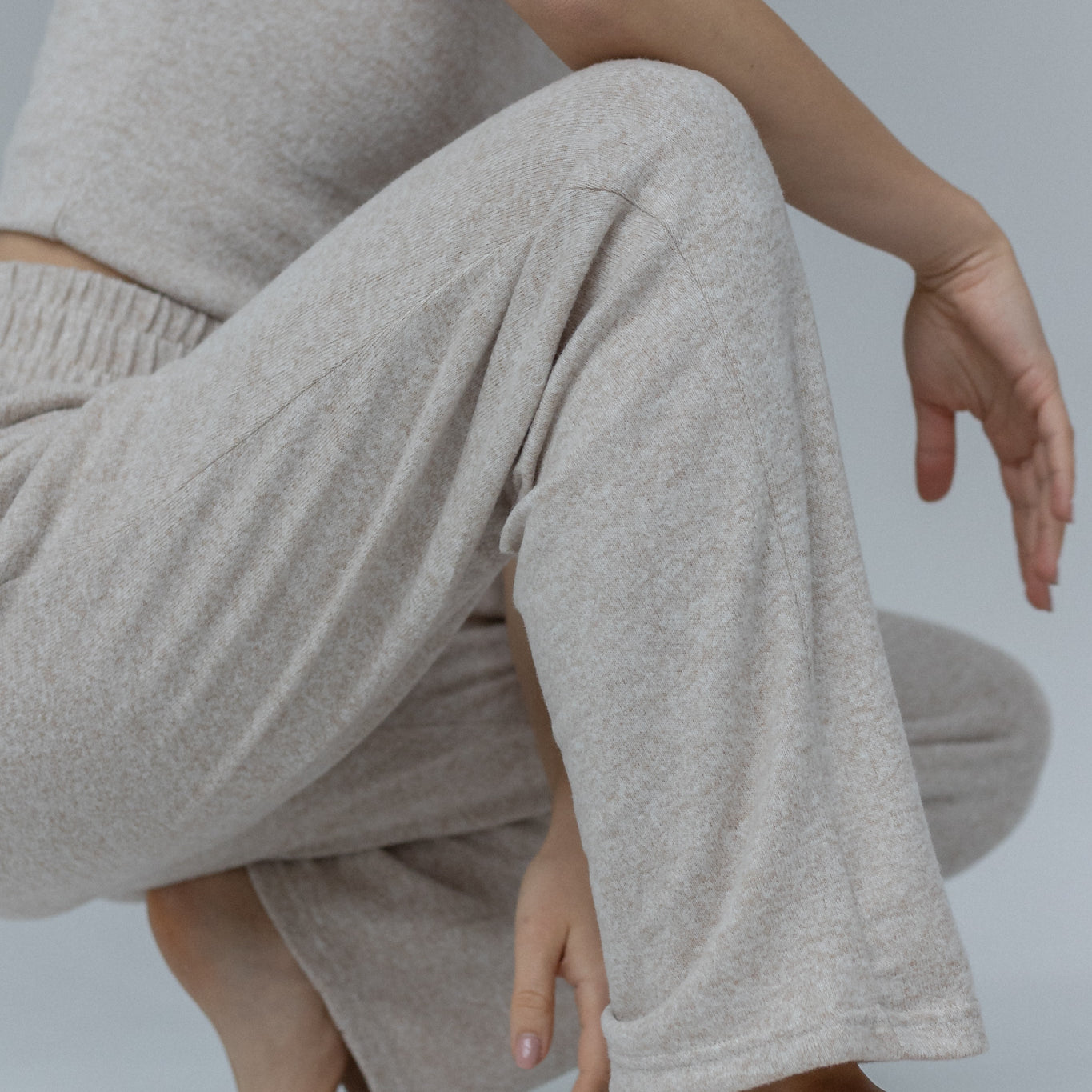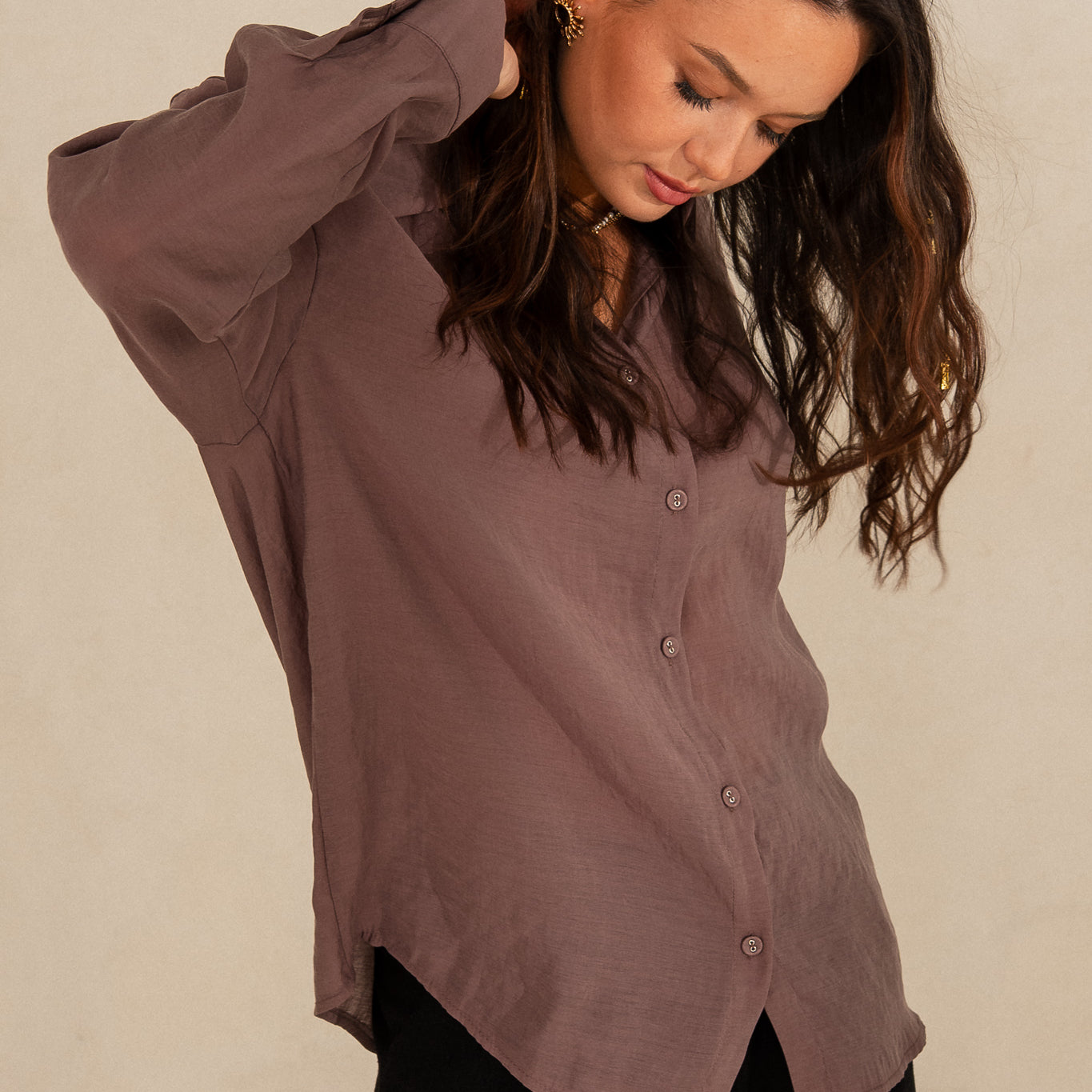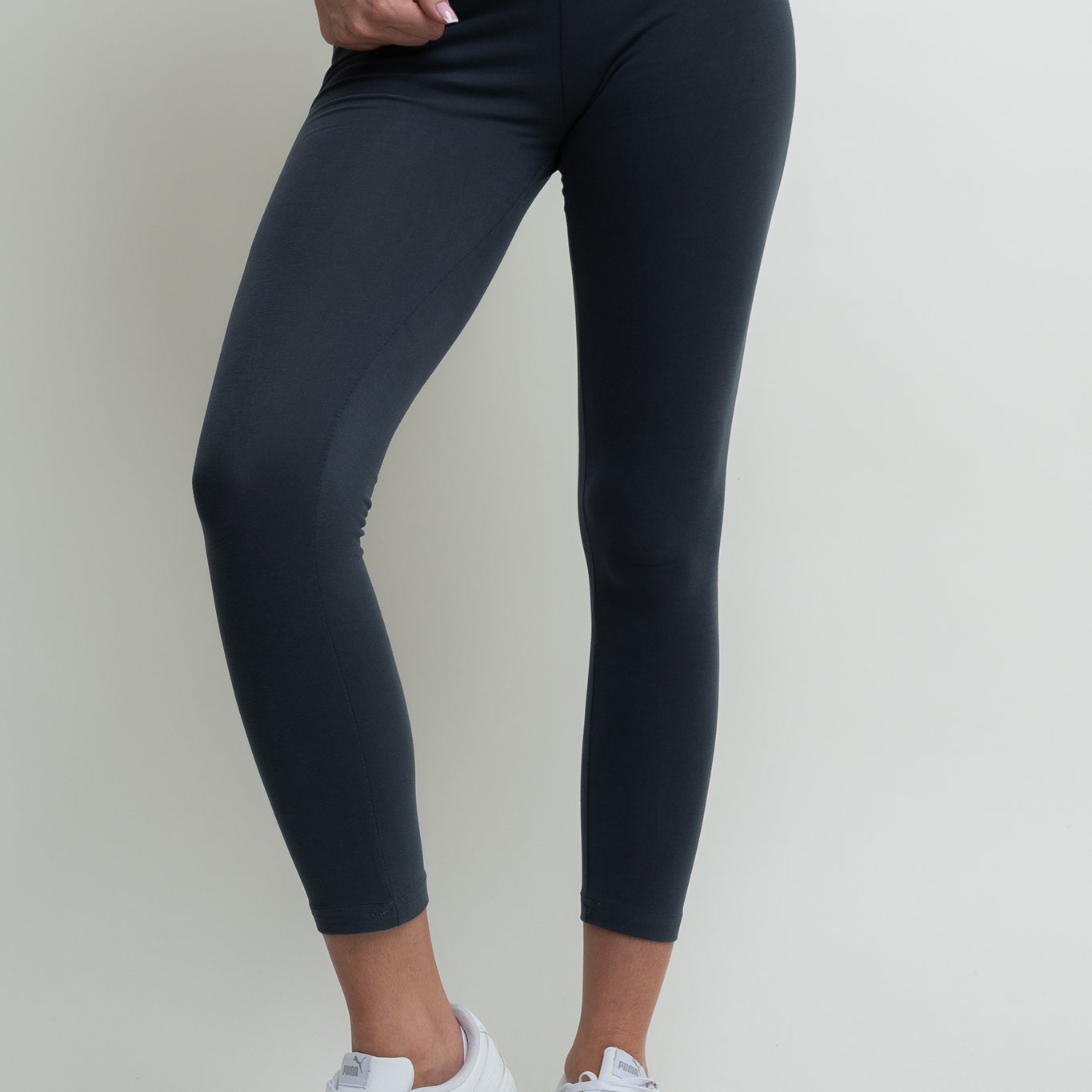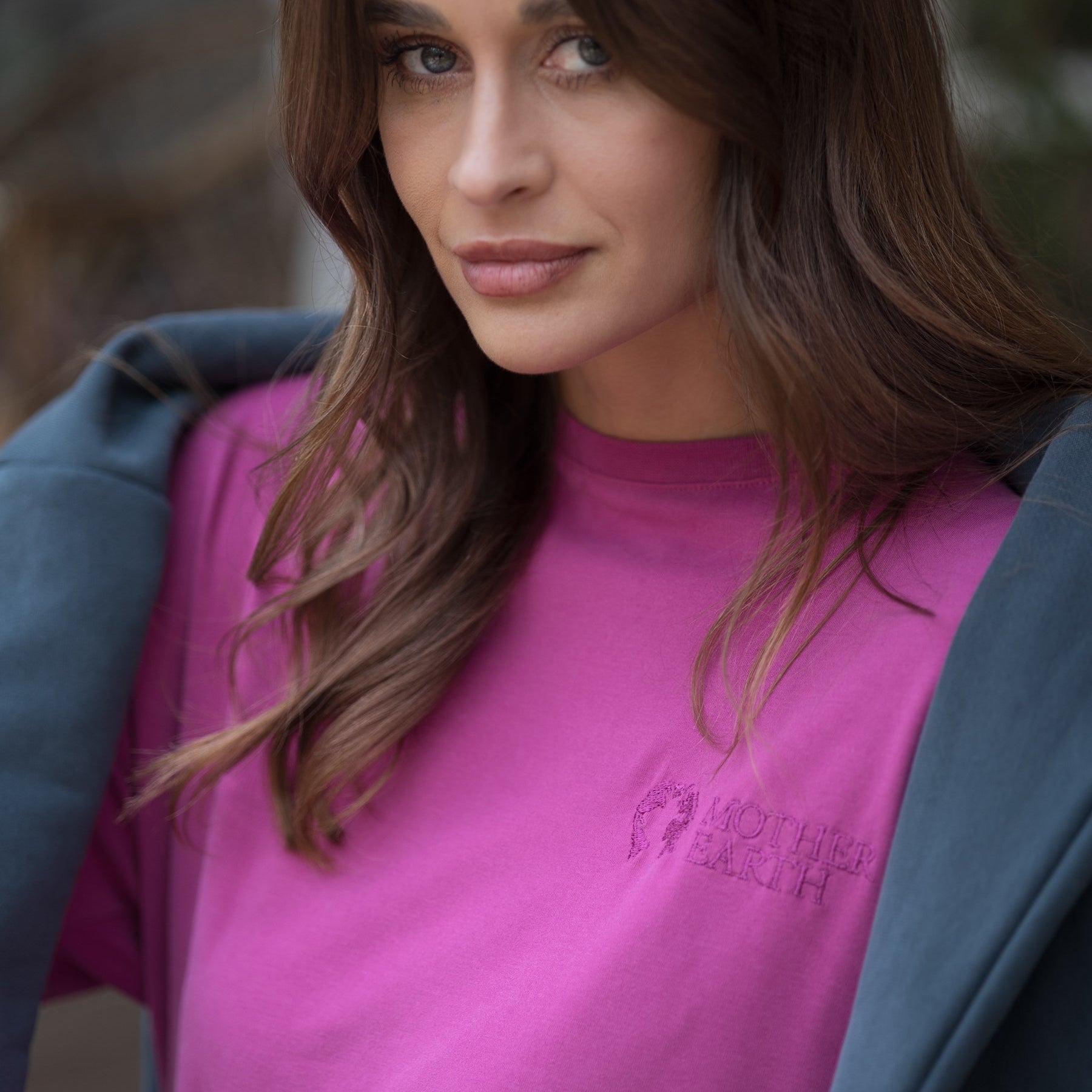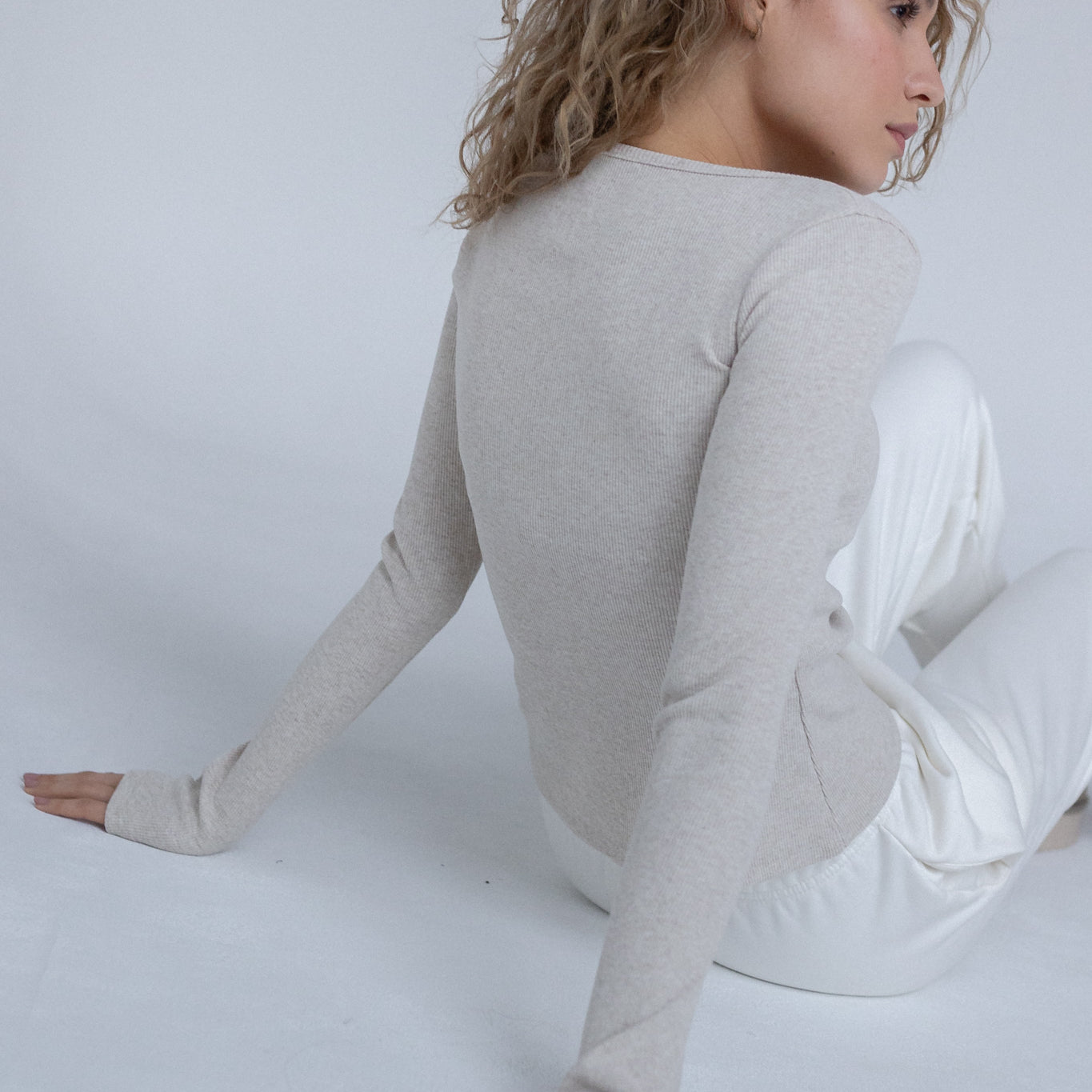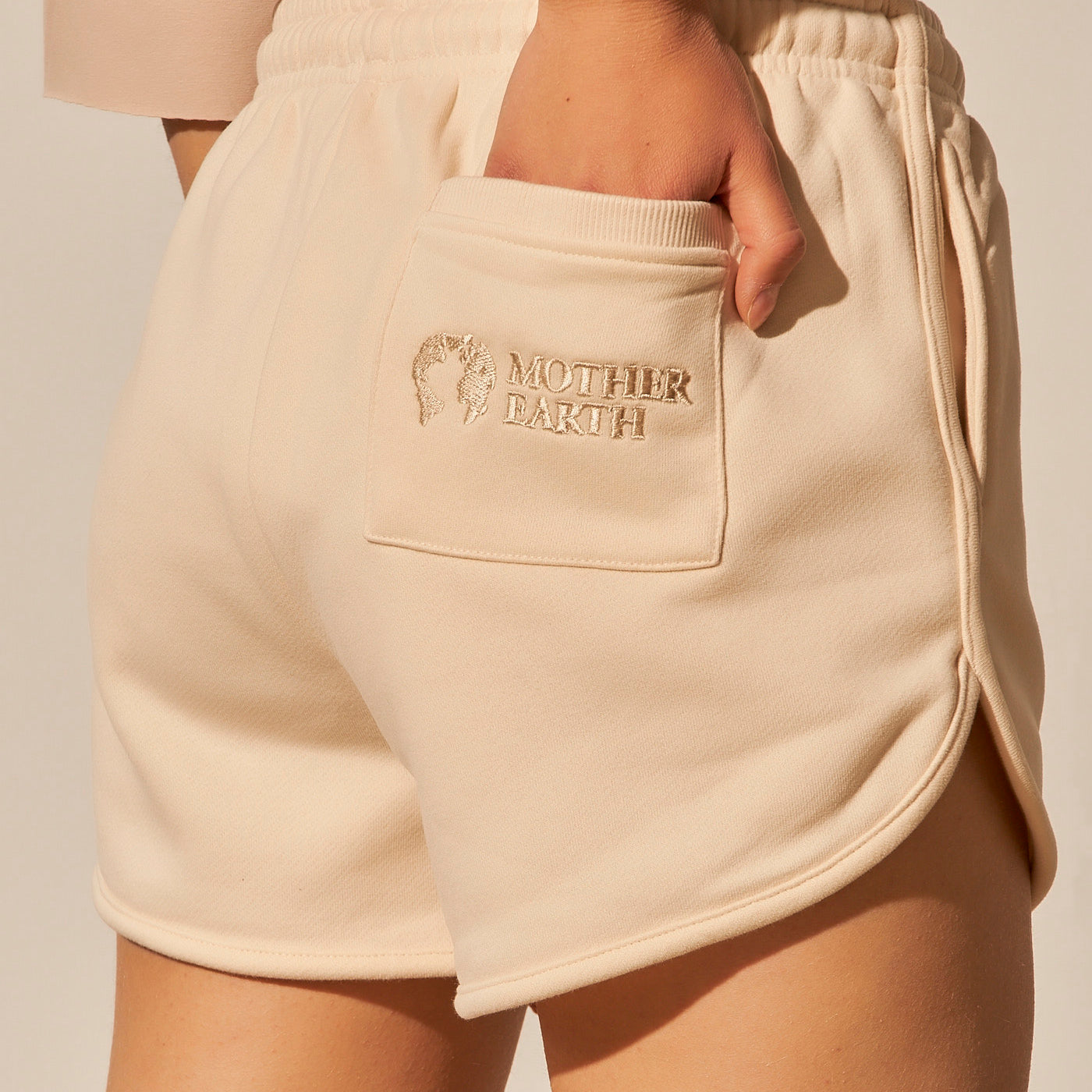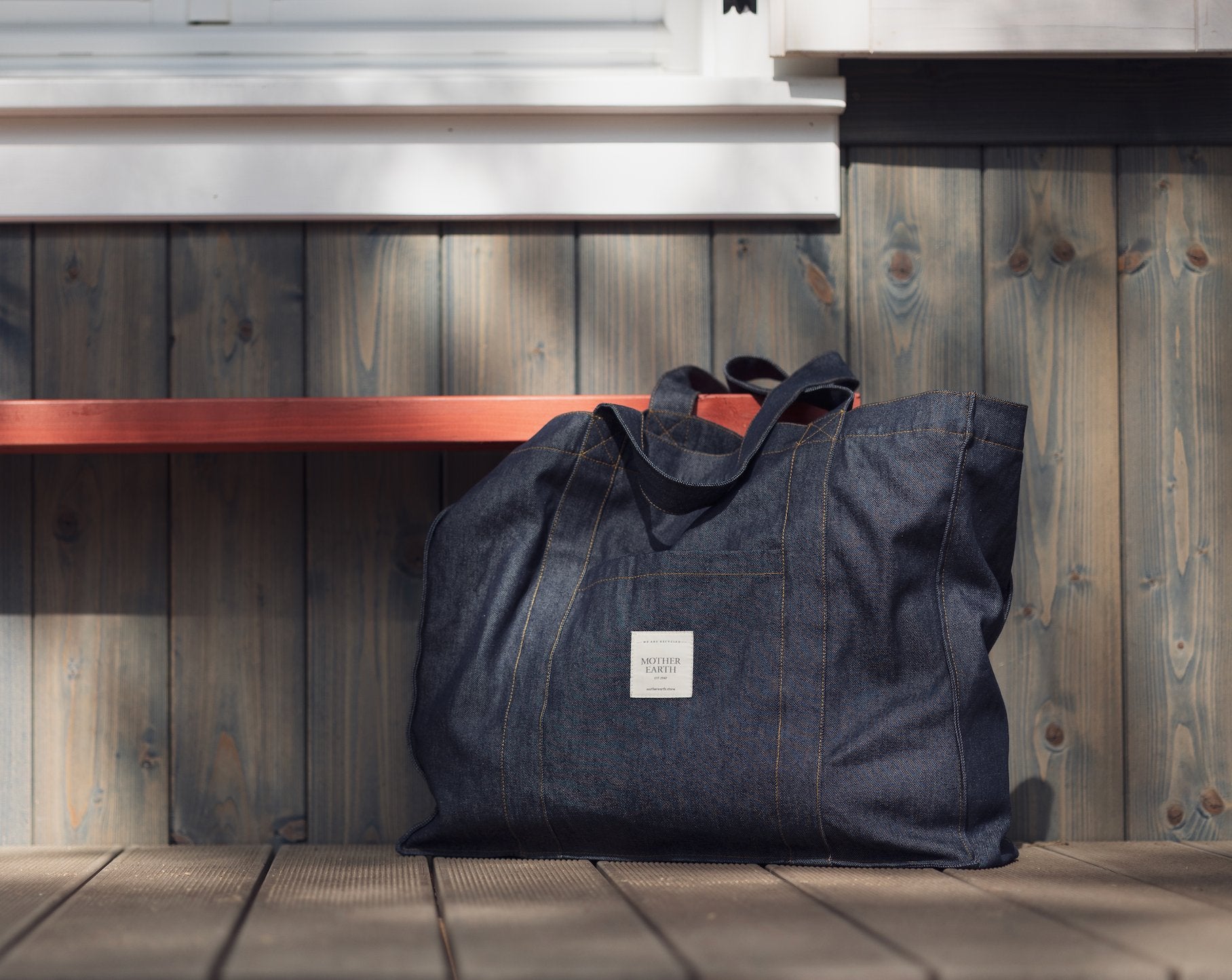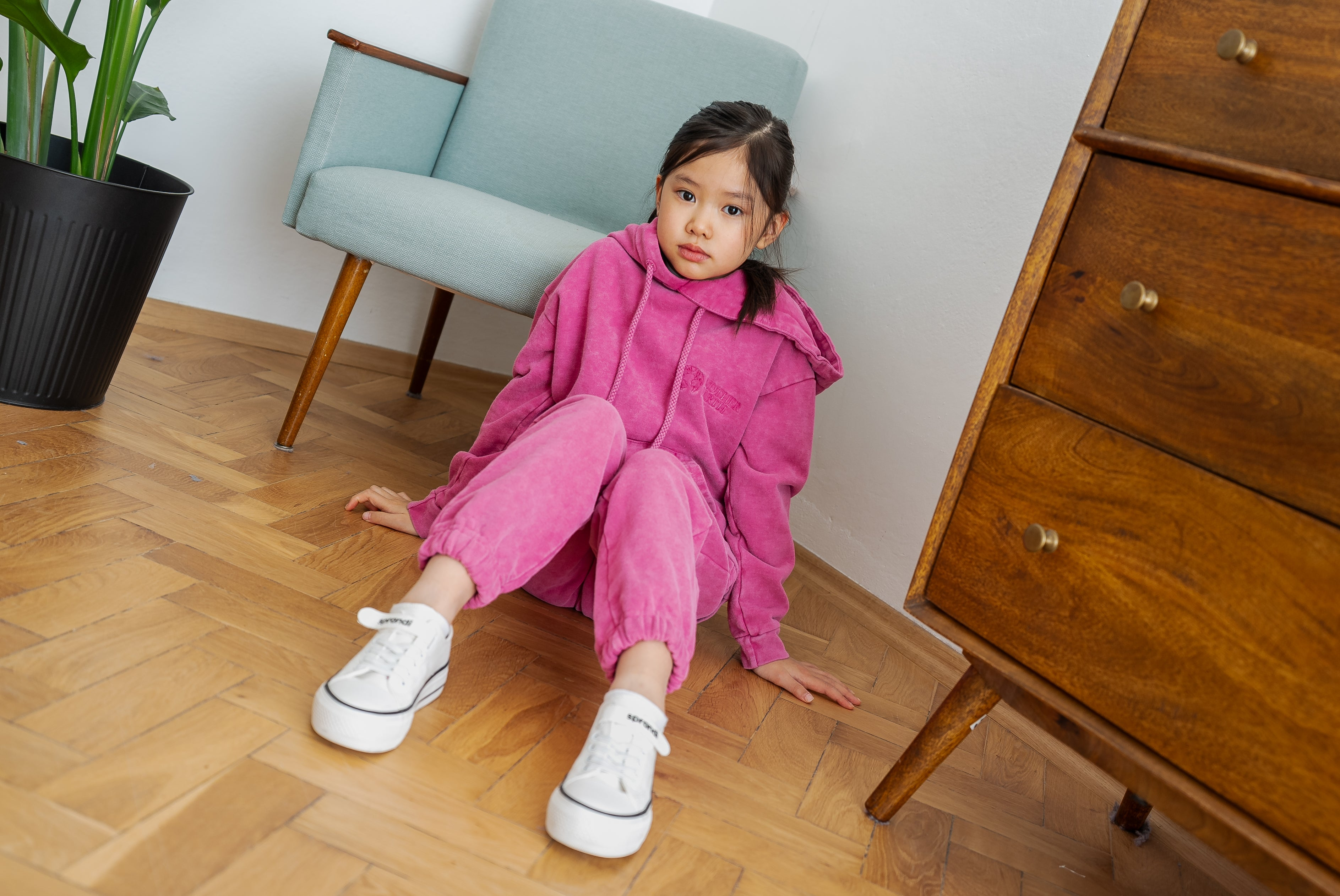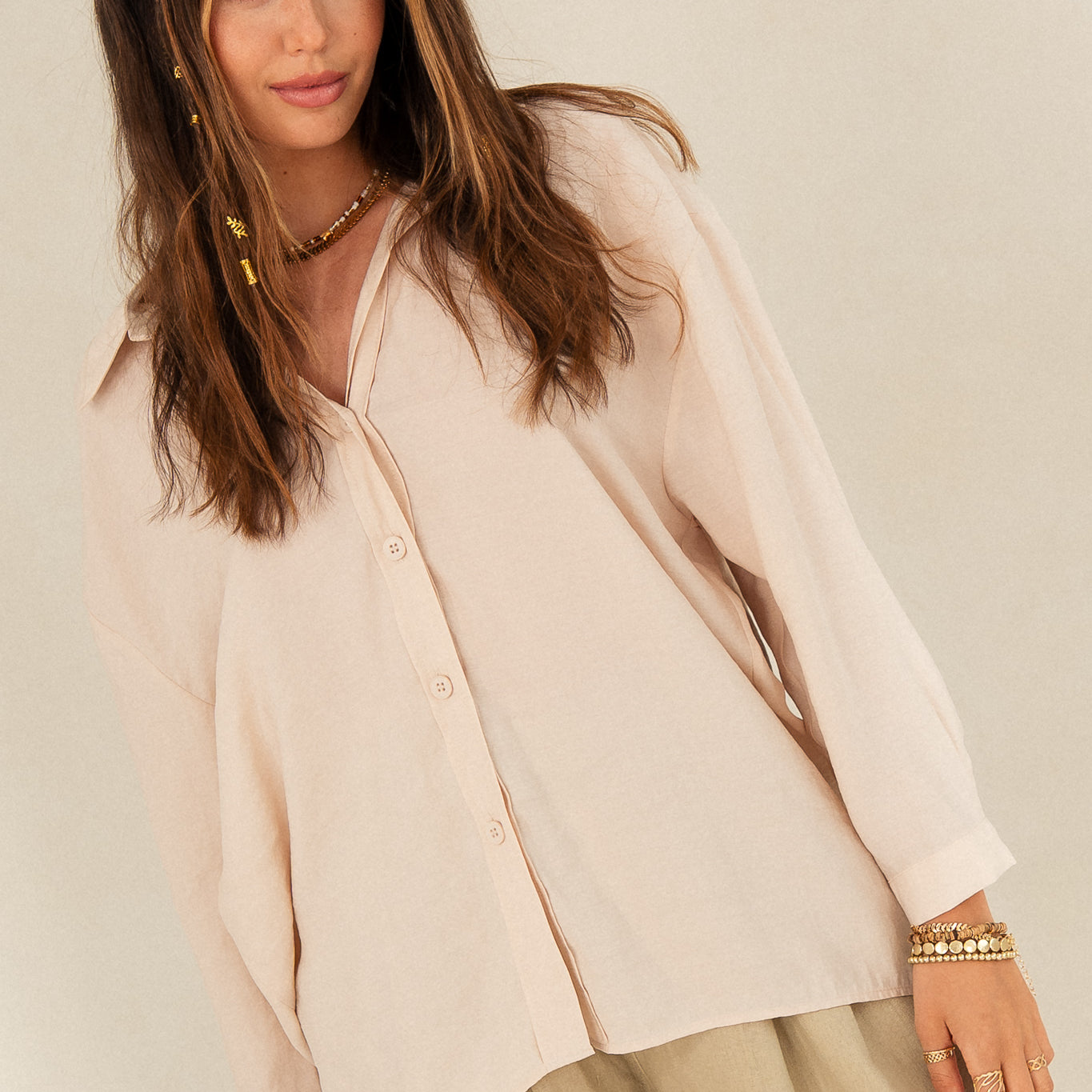Eco-friendly materials under the microscope 🪡🌱
Linen, hemp, organic cotton, tencel – how do they differ, why are they environmentally friendly, how to care for them?
Conscious fashion starts with… fabrics. The choice of material affects not only comfort but also the planet. That's why more and more people are choosing eco fabrics that are produced responsibly and are biodegradable.
Today we take a closer look at four of them: linen, hemp, organic cotton and tencel .
Organic cotton – softness that cares for you and the planet
Cotton is one of the most popular fabrics in the world, but how it's grown is crucial . At Mother Earth, we focus on organic cotton because we know that comfort can go hand in hand with environmental responsibility.
Why is it eco?
- Pesticide and GMO-free – crops are free from toxic chemicals, protecting soil, water and farmers’ health.
- Less water consumption – compared to conventional cotton, organic farming can use up to 91% less water (Textile Exchange data).
- Protecting biodiversity – natural farming methods support pollinating insects and microorganisms in the soil.
Benefits for your skin
Organic cotton is:
- hypoallergenic – ideal for sensitive and allergic skin,
- pleasant to the touch – its fibers are softer and more delicate because they have not been exposed to aggressive chemicals,
- breathable – naturally regulates body temperature, suitable for all seasons.
Why did we choose it for our collections?
Our clothes are made to last for years. Organic cotton is:
- durable – it does not pill as quickly and retains its shape,
- universal – a perfect base for a capsule wardrobe, as it is easy to combine with other wardrobe items,
- easy to care for – it does not require any special treatments, and with proper washing it can look like new for many seasons.
How to care for organic cotton clothes?
- Wash in cool or lukewarm water – 30°C is enough to keep them fresh and save energy.
- Avoid bleach and strong detergents – choose gentle detergents.
- Air dry – this is not only better for the fabric, but also reduces energy consumption.
🌱 Mother Earth Tip:
By choosing organic cotton, you're investing in clothes that not only look great but also leave a smaller ecological footprint. It's not just fashion – it's a choice.
Linen – a natural classic
Linen is one of the oldest materials in the world – used already in ancient Egypt.
Why is it eco?
- Requires little water and pesticides to grow.
- The entire plant is used – zero waste of raw material.
- It is 100% biodegradable.
Advantages for the user: airy, durable, cool to the touch, perfect for summer.
How to care for it? Wash at low temperature, avoid tumble drying, and iron slightly damp.
Hemp – an ecological powerhouse
Hemp fabrics are coming back into favor, although their history is as long as that of linen.
Why are they eco?
- The plant grows quickly, without chemical fertilizers or pesticides.
- It enriches the soil and binds more CO₂ than most crops.
Advantages for the user: extremely durable, resistant to stretching, "breathable", softens with each wash.
How to care for it? Wash in cool or lukewarm water, use a mild detergent, and air dry.
Tencel – innovation from nature
Tencel (Lyocell) is a fiber produced from wood cellulose, most often eucalyptus, in a closed-loop process – solvents are recovered and reused.
Why is it eco?
- The wood comes from certified, responsible crops.
- The production process reduces pollutant emissions.
Advantages for the user: extremely soft, smooth, absorbent, breathable, resistant to bacteria and odors.
How to care for it? Wash gently, preferably in cool water, and dry flat or hang.
Why is it worth it?
When choosing eco-friendly materials:
- you reduce your carbon footprint,
- you support environmentally friendly agriculture,
- you invest in clothes that will last longer and… after many years they will return to nature without harming it.



